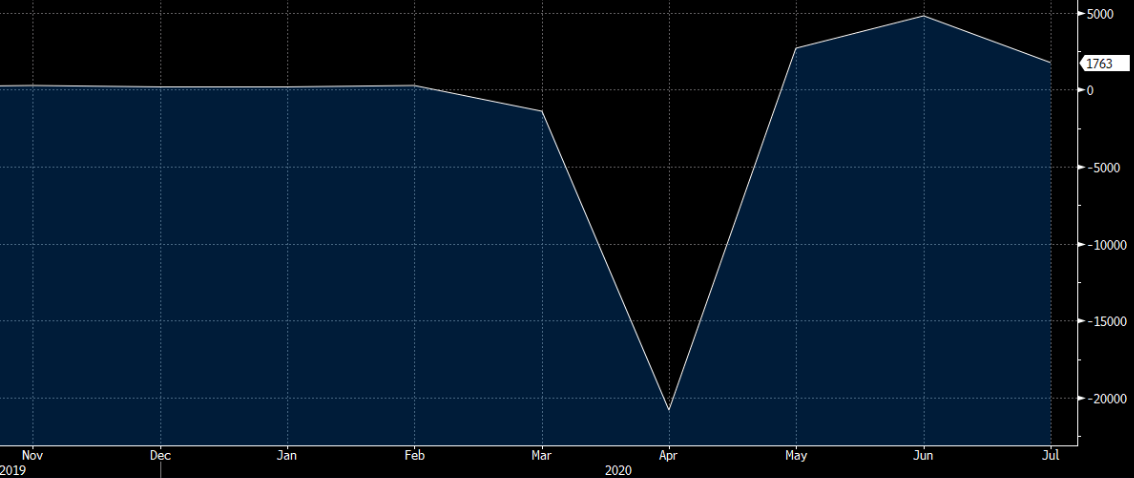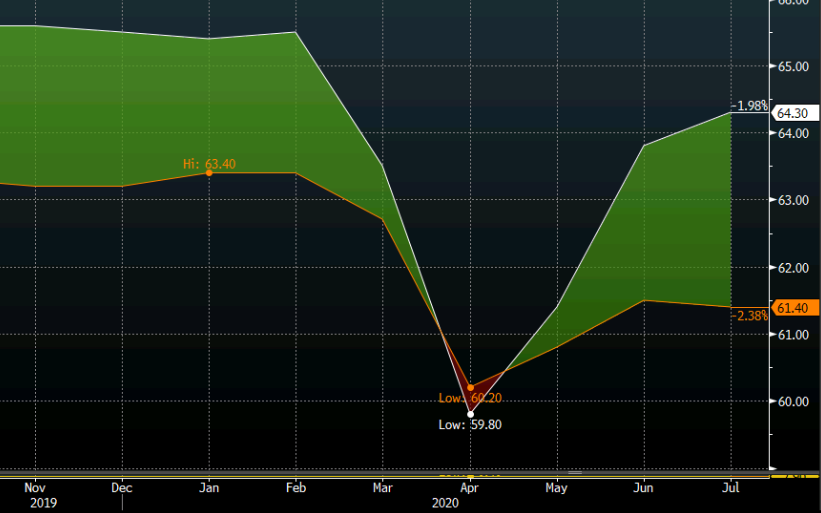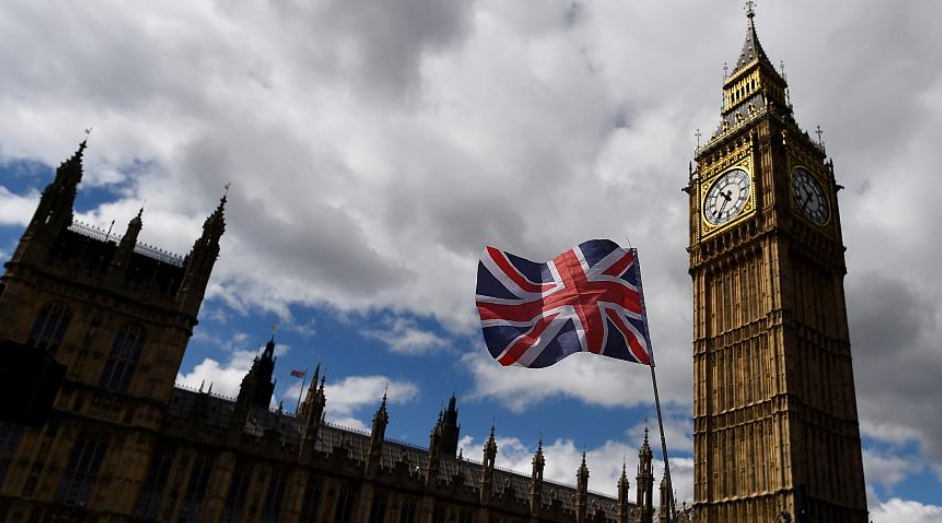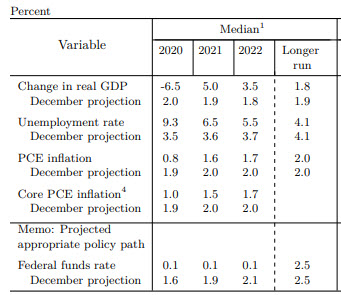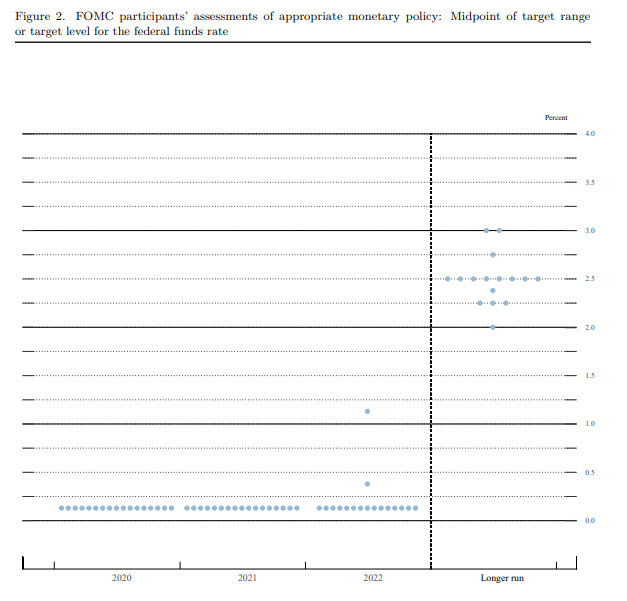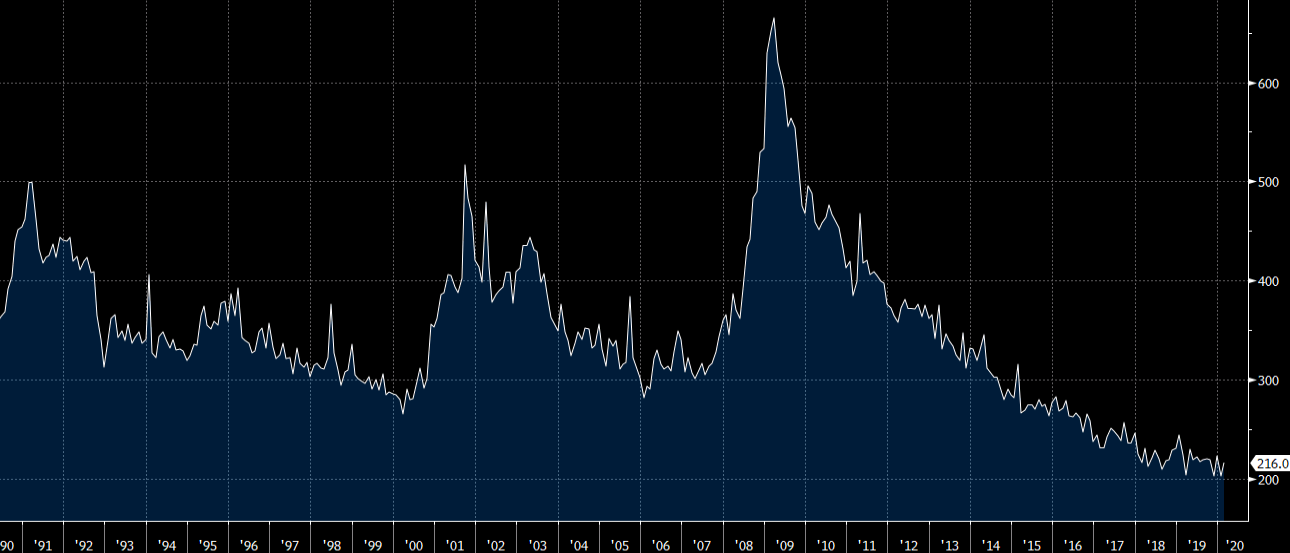Fitch Ratings-London-02 April 2020: A deep global recession in 2020 is now Fitch Ratings’ baseline forecast according to its latest update of its Global Economic Outlook (GEO) forecasts.
The speed with which the coronavirus pandemic is evolving has necessitated another round of huge cuts to our GDP forecasts. We now expect world economic activity to decline by 1.9% in 2020 with US, eurozone and UK GDP down by 3.3%, 4.2% and 3.9%, respectively. China’s recovery from the disruption in 1Q20 will be sharply curtailed by the global recession and its annual growth will be below 2%.
“The forecast fall in global GDP for the year as a whole is on a par with the global financial crisis but the immediate hit to activity and jobs in the first half of this year will be worse”, said Brian Coulton, Fitch’s chief economist.
The spread of the pandemic and the actions necessary to control it mean that we now have to incorporate full-scale lockdowns across Europe and the US (and many other countries) in our baseline forecasts. This was not the assumption used in our March 2020 GEO forecast. There are many moving parts, but we now judge that lockdowns could reduce GDP across the EU and US by 7% to 8%, or 28% to 30% annualised, in 2Q20. This is an unprecedented peacetime one-quarter fall in GDP and is similar to what we now estimate occurred in China in 1Q20.
On the assumption that the health crisis is broadly contained by the second half of the year there should be a decent sequential recovery in activity as lockdowns are removed, some spending is re-profiled from 1H20, inventories are rebuilt and policy stimulus takes effect. But this has to be set against the many factors amplifying the depth of the dislocation, including job losses, capex cuts, commodity price shocks and the rout in financial markets.
“Our baseline forecast does not see GDP reverting to its pre-virus levels until late 2021 in the US and Europe,” said Coulton.
(more…)
